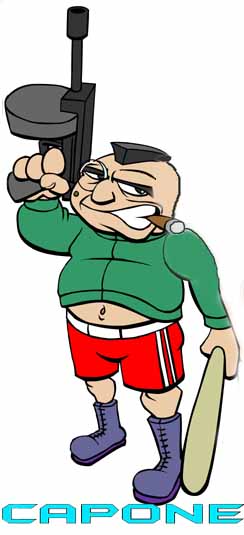Ain't It Cool News (www.aintitcool.com)
Movie News
Capone talks striking fear in the hearts of children and then arming them, with BRAVE director Mark Andrews and producer Katherine Sarafian!!!
Hey everyone. Capone in Chicago here.
Readers Talkback

